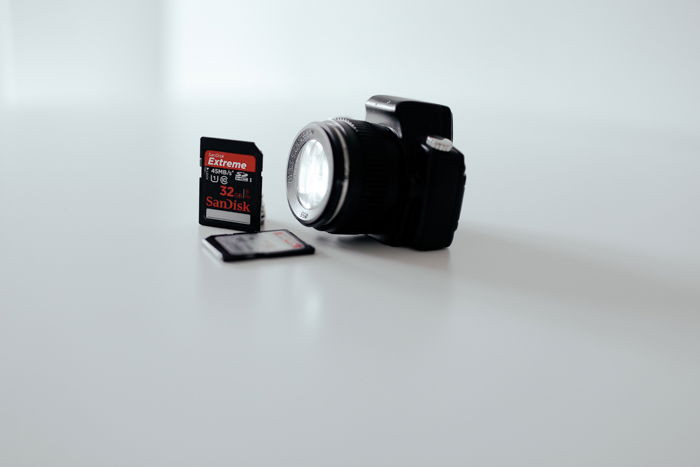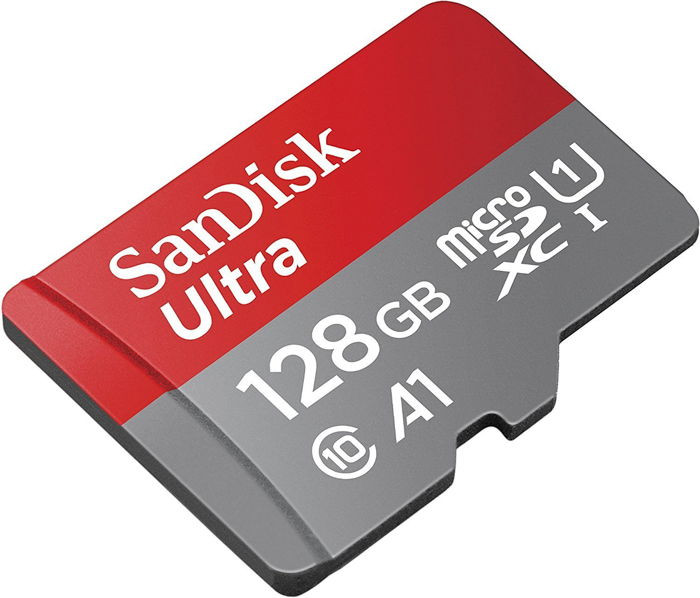Memory cards are the unsung heroes of digital photography, faithfully storing our precious visual memories. Whether you’re a casual snapper or a seasoned professional, understanding memory card capacity is crucial. You might be wondering, “How Many Photos Can A 64gb Card Hold?” This is a common question, and the answer isn’t always straightforward. Let’s dive into the factors that determine how many images your 64GB, or any size, memory card can store and how to make the most of it.
Understanding JPEG and RAW File Formats: The Key to Capacity
The number of photos a 64GB card can hold depends significantly on the file format you choose for your images: JPEG or RAW. These formats differ drastically in file size, directly impacting your memory card’s capacity.
JPEG: Compressed and Convenient
JPEG (Joint Photographic Experts Group) is a widely used image format known for its compression. When you shoot in JPEG, your camera processes and compresses the image data, discarding information deemed non-essential. This results in smaller file sizes, making JPEGs ideal for everyday sharing and storage. While convenient, this compression means you lose some image data, limiting your flexibility in post-processing. JPEG images from a 20-megapixel camera typically range from 5 to 10MB.
 Overhead view of photography gear including a camera, notebook, pen, coffee cup, and a memory card, illustrating the essential tools for capturing and storing images.
Overhead view of photography gear including a camera, notebook, pen, coffee cup, and a memory card, illustrating the essential tools for capturing and storing images.
RAW: Uncompressed and Detail-Rich
RAW files, on the other hand, are uncompressed or minimally compressed image files. They contain all the “raw” data captured by your camera’s sensor, providing a wealth of information. This results in significantly larger file sizes compared to JPEGs, typically around 30MB for a 20-megapixel camera. RAW files offer superior image quality and extensive post-processing latitude, allowing you to adjust exposure, white balance, and colors without significant loss of quality. However, they demand more storage space and require specialized software for editing. Camera manufacturers often have their proprietary RAW formats, such as Canon’s CR2 and CR3 or Nikon’s NEF, while DNG (Digital Negative) is an open-standard RAW format.
64GB Card Capacity: JPEG vs. RAW – How Many Photos?
Now, let’s get to the core question: how many photos can a 64GB card hold? Based on the file sizes discussed, here’s an estimated breakdown for a 64GB memory card:
- RAW Files (approx. 30MB per photo): A 64GB card can hold approximately 2,184 RAW photos.
- JPEG Files (approx. 7MB per photo): A 64GB card can hold approximately 9,400 JPEG photos.
These are estimations, and the actual number can vary slightly depending on your camera’s megapixel count, image complexity, and specific camera settings. However, it clearly illustrates the significant difference file format makes.
Here’s a table summarizing the estimated photo capacity for different memory card sizes and file formats, providing a broader context:
| Memory Card Size | Approx. RAW Photos (30MB/photo) | Approx. JPEG Photos (7MB/photo) |
|---|---|---|
| 32GB | 1,092 | 4,700 |
| 64GB | 2,184 | 9,400 |
| 128GB | 4,368 | 18,800 |
| 256GB | 8,732 | 37,600 |
Note: 1 Gigabyte (GB) = 1024 Megabytes (MB).
 Image showing a camera and a memory card placed on a clean white background, emphasizing the core components of digital photography storage.
Image showing a camera and a memory card placed on a clean white background, emphasizing the core components of digital photography storage.
Choosing the Right Memory Card: Size and Speed Considerations
Selecting the right memory card involves more than just size. You also need to consider speed and the type of card compatible with your camera.
Memory Card Types: SD, MicroSD, CF, and CFexpress
Different cameras utilize different memory card formats. The most common types include:
-
SD (Secure Digital) Cards: Versatile and widely compatible, SD cards are the standard for many DSLRs, mirrorless cameras, and compact cameras.
-
MicroSD Cards: Smaller versions of SD cards, primarily used in smartphones, drones, and action cameras. MicroSD cards can be used in cameras with an SD card slot using an adapter.
-
CF (CompactFlash) Cards: Physically larger and robust, CF cards are often found in older or professional-grade DSLRs.
-
CFexpress Cards: The latest and fastest standard, CFexpress cards are becoming increasingly common in high-end cameras demanding rapid data transfer for high-resolution video and burst shooting.
Speed: Ensuring Smooth Performance
Memory card speed is crucial, especially for shooting videos or capturing burst photos. Speed is indicated by speed classes and ratings, such as UHS Speed Class (U1, U3) and Video Speed Class (V30, V60, V90). Faster cards allow for quicker data writing and reading, reducing buffer delays and enabling faster continuous shooting. However, ensure your camera can utilize the card’s maximum speed; otherwise, you won’t see the full benefit.
Size: Balancing Capacity and Risk
While a larger memory card like a 64GB or even a 128GB offers ample storage, consider the risk factor. If you lose or damage a large card filled with images, you risk losing everything. Some photographers prefer using multiple smaller capacity cards (e.g., several 32GB cards) to mitigate this risk.
 Image of a SanDisk Micro Secure Digital SD 128GB memory card, showcasing a high-capacity option in a compact form factor.
Image of a SanDisk Micro Secure Digital SD 128GB memory card, showcasing a high-capacity option in a compact form factor.
Conclusion: 64GB Card Capacity and Informed Choices
So, to reiterate, a 64GB card can hold approximately 2,184 RAW photos or 9,400 JPEG photos. Understanding this capacity, along with the differences between JPEG and RAW, empowers you to make informed decisions about your memory card needs. Consider your shooting style, file format preference, and the type of photography you engage in when choosing the right memory card size and type. Whether you opt for a 64GB card or another size, knowing how to maximize its capacity ensures you’re always ready to capture every moment.
Fast and Reliable
SanDisk Extreme Pro 32GB Memory Card
Discover how many pictures a 128GB memory card can hold and capture every moment with a super-fast, pro-performance SD memory card. With extreme transfer speeds and a durable design, it’s perfect for professional photographers and videographers.
Shop Offers ×SanDisk 32GB Extreme PRO SDHC UHS-II Memory Card Deals
| (second hand) Check Price | (second hand) | Check Price | Buy Now! |
If you buy a product through one of our referral links we will earn a commission (without costing you anything). Prices last updated on .
As an Amazon Associate, I earn from qualifying purchases. Product prices and availability are accurate as of the date/time indicated and are subject to change. Any price and availability information displayed on Amazon at the time of purchase will apply to the purchase of this product.
Unavailable